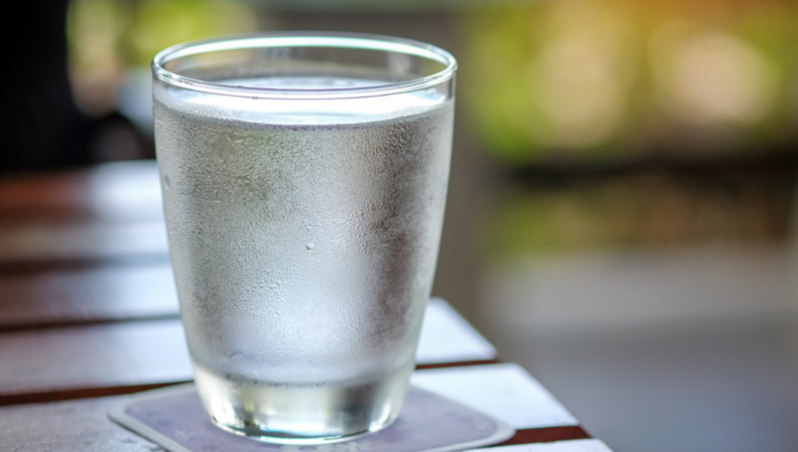Firstly, you should assume any stagnant water flushed may contain Legionella bacteria. So, you'll need to avoid exposing yourself or others to this flushed water.
You should reduce water spray, for example, by placing towels over outlets or discharging outside taps or shower heads into a refuse sack.
Depending on the design of your water system, there could be a number of appropriate flushing methods. Think about how water normally flows through your building.
- Where do the hot and cold water supplies come from?
- Are there cold water tanks, hot water vessels, hot water circulation systems, point-of-use water heaters and outside taps?
Once you know how hot and cold water is distributed through your building and what any tanks serve, it's a good idea to flush outlets nearest those sources. Run the outlets for a few minutes, drawing fresh hot and cold water. Then close those outlets and systematically move through the building, drawing fresh water as you go, working towards the furthest points away from those hot and cold sources. It's probably better to work on one system at a time but this can get complicated. If you're not sure then seek expert advice (don't forget to operate appliances too).
Sources of supply:
Cold water sources
- Water Main - This could be directly from the public main and without any onsite cold water tanks, in which case you should start drawing water from outlets closest to the incoming supply or main internal stop valve.
- Tanks - Any tank should be cleaned and disinfected before you attempt to draw water from it. This is to avoid drawing any additional stagnant water through your water systems. Once the tank is clean, determine the flushing plan to draw water from outlets nearest that tank, working towards outlets furthest away.
Hot water sources
If the hot water vessel/system has been used less than normal for a week or more, it's likely to contain Legionella. The first step is to take expert advice on how to disinfect the vessel and system. Once disinfected, hot water should then be drawn systematically through the system (nearest to furthest outlets), until fresh hot water is drawn through for at least a minute at each hot outlet.






